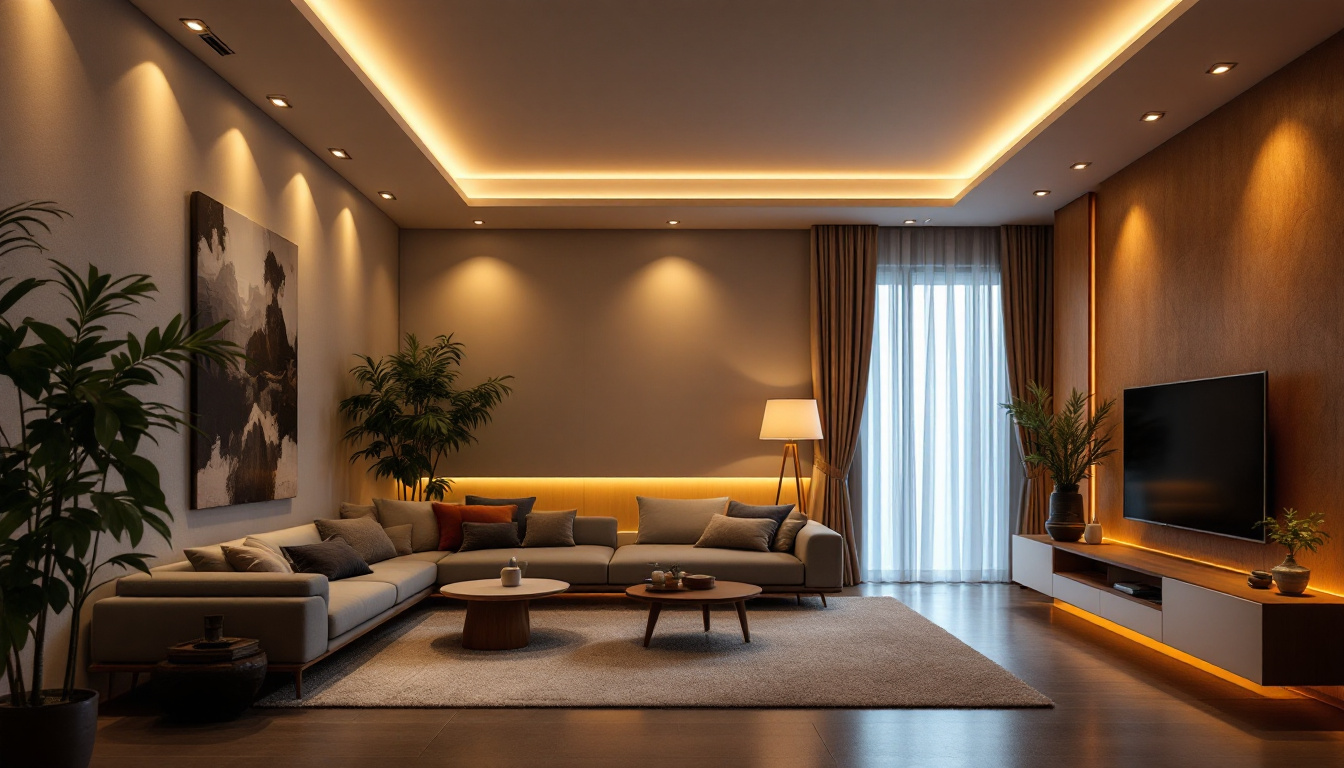
As the demand for stylish and functional bathroom spaces continues to rise, lighting contractors face a unique set of challenges when it comes to installing bathroom vanity lights. These fixtures not only serve a practical purpose but also play a significant role in the overall aesthetics of the space. Understanding the common challenges can help contractors navigate the complexities of these installations more effectively.
Bathroom vanity lights are crucial for creating a well-lit environment that enhances the functionality of the space. Proper lighting is essential for daily tasks such as shaving, applying makeup, and grooming. However, the aesthetic appeal of these fixtures cannot be overlooked, as they contribute to the overall design and feel of the bathroom. The right lighting can transform a mundane bathroom into a luxurious retreat, making it a space where one can unwind after a long day.
Contractors must balance these functional and aesthetic needs, ensuring that the chosen lighting complements the bathroom’s decor while providing adequate illumination. This dual requirement often leads to a series of challenges that contractors must address throughout the installation process. For instance, they may need to consider the layout of the bathroom, the placement of mirrors, and the type of bulbs used to achieve the desired effect, all while staying within budget constraints.
One of the primary challenges in selecting bathroom vanity lights is balancing functionality with aesthetics. Clients often have specific design visions that may not align with the practical requirements of lighting. For instance, while a client may prefer a sleek, minimalist design, it may not provide sufficient light for grooming tasks. Additionally, the height at which the lights are installed can greatly affect their effectiveness; lights placed too high may cast unflattering shadows, while those too low can create glare.
Contractors must educate clients on the importance of choosing fixtures that not only look good but also meet the necessary lighting standards. This may involve presenting various options that blend style with functionality, ensuring that clients can visualize how different fixtures will work in their space. Moreover, discussing the benefits of dimmable lights can also be advantageous, as they offer flexibility for different tasks and moods, allowing users to adjust the brightness according to their needs.
The color temperature of bathroom vanity lights can significantly impact the overall ambiance of the space. Lighting contractors must guide clients in selecting the appropriate color temperature, typically measured in Kelvin (K). For bathrooms, a color temperature between 2700K and 3000K is often recommended for a warm, inviting atmosphere. This range mimics the natural light found during sunrise and sunset, creating a soothing environment that is ideal for relaxation.
However, some clients may prefer cooler tones for a more modern look. In such cases, contractors must explain the implications of these choices on the bathroom’s functionality, particularly regarding tasks that require accurate color perception, such as makeup application. Cooler lights, typically around 4000K to 5000K, can enhance visibility and help in achieving a more precise application of cosmetics. Additionally, it’s important to consider how different color temperatures interact with other elements in the bathroom, such as wall colors and materials, to ensure a harmonious overall effect. By taking these factors into account, contractors can help clients make informed decisions that elevate both the functionality and style of their bathroom spaces.
Beyond aesthetic considerations, there are several technical challenges that lighting contractors face when installing bathroom vanity lights. These challenges can range from electrical issues to compliance with building codes, all of which require careful planning and execution.
Electrical work is a critical component of installing bathroom vanity lights. Contractors must ensure that the existing wiring can support the new fixtures, particularly if they are replacing older lights with more powerful LED options. This may involve upgrading circuits or adding new wiring to accommodate the increased load.
Additionally, safety is paramount when working with electrical installations in wet environments like bathrooms. Contractors must adhere to local electrical codes and regulations, which often dictate specific requirements for bathroom lighting. Failure to comply can result in safety hazards and potential legal issues. Moreover, the use of GFCI (Ground Fault Circuit Interrupter) outlets is often mandated in bathroom settings to prevent electrical shock, adding another layer of complexity to the installation process. Contractors must be well-versed in these regulations to ensure that their work not only meets aesthetic standards but also prioritizes the safety of the occupants.
Bathrooms often have limited space, which can complicate the installation of vanity lights. Contractors must carefully assess the available area to determine the best placement for fixtures. This may involve considering factors such as mirror placement, cabinetry, and the overall layout of the bathroom.
In tight spaces, contractors may need to recommend more compact lighting solutions or alternative mounting options. This requires creativity and a deep understanding of the various lighting products available on the market. For instance, wall-mounted sconces can provide effective illumination without taking up valuable counter space, while recessed lighting can offer a sleek, unobtrusive option. Furthermore, the height at which lights are installed is crucial; they should be positioned to minimize shadows on the face while ensuring they do not interfere with the use of mirrors or other fixtures. This balancing act demands not only technical skill but also an eye for design, as the right lighting can dramatically enhance the functionality and ambiance of the bathroom space.
Compliance with building codes and regulations is a significant challenge for lighting contractors. Each jurisdiction has its own set of rules governing electrical installations, particularly in moisture-prone areas like bathrooms. Understanding these regulations is crucial to ensuring a safe and legal installation.
Before beginning any installation, contractors must familiarize themselves with local building codes related to bathroom lighting. This includes understanding requirements for fixture placement, circuit protection, and the use of damp or wet-rated fixtures. Failure to comply with these codes can lead to costly fines and potential safety hazards.
Contractors should also stay informed about any changes to local regulations, as these can impact future projects. Regular training and education can help ensure that contractors remain compliant and knowledgeable about the latest standards.
In some cases, contractors may need to obtain permits before proceeding with bathroom lighting installations. This can add an additional layer of complexity to the project, as it requires time and effort to navigate the permitting process.
Contractors should be proactive in understanding the permitting requirements in their area and factor this into project timelines. This not only helps ensure compliance but also builds trust with clients, who appreciate transparency in project management.
Effective communication with clients is essential for successful bathroom vanity light installations. Contractors must manage client expectations throughout the process, from initial consultations to the final walkthrough.
Many clients may have unrealistic expectations regarding the timeline, cost, or complexity of the installation. Contractors should take the time to discuss these factors during the initial consultation, providing a clear understanding of what to expect.
By setting realistic expectations, contractors can minimize misunderstandings and ensure a smoother installation process. This proactive approach can lead to higher client satisfaction and potentially result in referrals for future projects.
Clients often come to contractors with specific ideas about the lighting they want, but they may not fully understand the implications of their choices. Contractors should take the opportunity to educate clients about the various options available, including different types of fixtures, bulbs, and installation methods.
This education process can help clients make informed decisions that align with their needs and preferences. It also positions the contractor as a knowledgeable expert, fostering trust and confidence in their abilities.
Staying current with trends in bathroom vanity lighting is essential for contractors looking to provide clients with the best options available. As design preferences evolve, so too do the types of fixtures and technologies that are popular in the market.
Smart lighting technology has gained significant traction in recent years, and many clients are interested in incorporating these features into their bathroom vanity lighting. This includes options such as dimmable lights, color-changing bulbs, and fixtures that can be controlled via smartphone apps.
Contractors should familiarize themselves with the various smart lighting products available and understand how to integrate them into existing electrical systems. This knowledge can set contractors apart from competitors and appeal to tech-savvy clients.
Energy efficiency is another trend that continues to shape the lighting industry. Clients are increasingly concerned about their energy consumption and are seeking out LED fixtures that offer long-lasting performance and lower energy costs.
Contractors should be prepared to recommend energy-efficient options and educate clients on the benefits of making the switch. This not only aligns with current trends but also positions contractors as environmentally conscious professionals.
Bathroom vanity lighting presents a unique set of challenges for lighting contractors. From balancing functionality and aesthetics to navigating technical issues and compliance with regulations, contractors must be well-equipped to handle these complexities. Effective communication with clients and staying informed about industry trends are essential for success in this field.
By understanding the challenges and proactively addressing them, lighting contractors can enhance their service offerings and build lasting relationships with clients. As the demand for stylish and functional bathroom spaces continues to grow, those who adapt to these challenges will thrive in the competitive landscape of lighting installation.
Ready to overcome the challenges of bathroom vanity lighting installations with ease? At LumenWholesale, we provide lighting contractors with high-quality, spec-grade lighting products that meet the highest industry standards. Say goodbye to inflated markups and hello to unbeatable wholesale prices. With our extensive selection, free shipping on bulk orders, and no hidden fees, you can ensure every bathroom vanity project shines with reliability and performance. Elevate your lighting game and discover the best value in wholesale lighting today with LumenWholesale.

Discover the essential insights every lighting contractor needs to know about recessed lights.

Explore the pros and cons of Dawn Dusk Light compared to other lighting solutions in this insightful guide for contractors.

Discover how bollard lights can transform outdoor spaces while boosting profitability in lighting installations.

Discover how to enhance your restaurant’s ambiance and energy efficiency with expert tips on optimizing lighting.